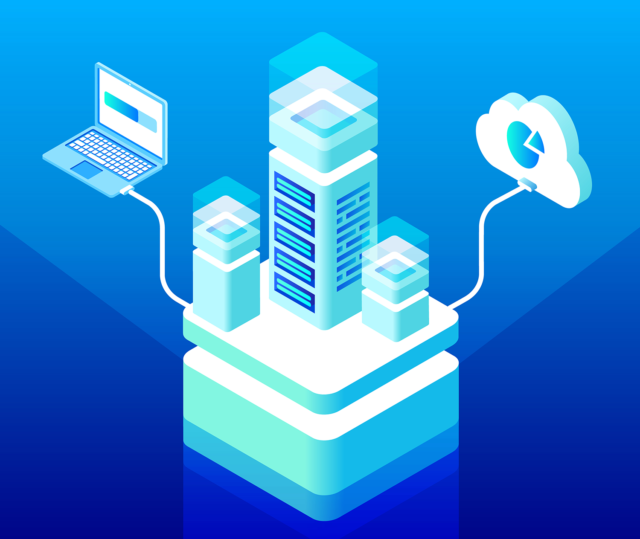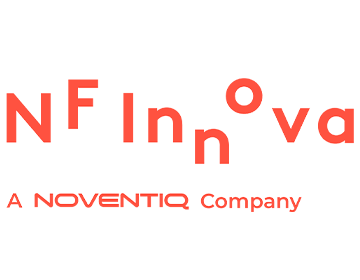How it can help your company?
Banking, as well as tech in general, has seen the rise of “Something-as-a-Service” offerings in recent years. Some examples include Software-as-a-Service, Infrastructure-as-a-Service and so on. In a nutshell, “as-a-Service” model is a way of using various software and hardware platforms – as a service for a certain period and number of users – without upfront investments in purchasing own infrastructure and licenses. Such approach can help shorten time-to-market for Bank’s new products and services, scale projects much faster, help small financial institutions get their projects off the ground, focus on key initiatives rather than administration and allow for experimenting with new innovative approaches.
Some of the hottest terms in financial industry today are Banking-as-a-Service (BaaS) and Banking-Platform-as-a-Service (BPaaS). What is the difference between the two?
Those two types of services differ in scope and the target market. BaaS is being provided by licensed financial institutions (a bank, for example) and intended to be used by fintechs, retailers and other types of non-financial companies. The BaaS providers leverage their full stack of financial IT infrastructure and banking licenses to enable their users to access the financial ecosystem and provide financial services to their own end-customers. An example would be a retail company wanting to create their own bank: the company would take care of marketing, product management and customer acquisition, while the BaaS provider would run the back-end and regulative side of operations.

On the other side, BPaaS is being offered by tech companies, targeted to banks and financial institutions that already have licenses and possibly some other parts of the needed the infrastructure. In other words, it is a piece of puzzle they need to complete the full infrastructure required for providing financial services. The exact terminology for BPaaS varies; some consider only a full banking IT stack to be BPaaS, while others consider any major piece of banking IT stack to be BPaaS as well. Some typical examples of such services are cloud core banking systems, omnichannel digital banking solutions and onboarding & loan origination platforms.
So, what are the main problems that BPaaS aims to solve? My discussions with banks and financial institutions, big and small, established and startups, have shown that time-to-market when deploying new or refreshed products and digital banking apps is one of the main concerns. If a platform needs to be deployed on-premise, or custom-built, it can significantly increase the length of such implementations. This especially affects the smaller banks, or greenfield projects, who often do not have a large internal IT team at their disposal or the IT infrastructure capable of hosting the necessary components. The common sentiment among all such companies was that they want to quickly put out a Minimum Viable Product to market, without all bells and whistles, and build upon that over time.
Serving such needs was one of our goals when designing our cloud Digital Banking Experience Platform, Fintense. It is a ready-made suite of digital banking functionalities capable of serving the needs of banks and financial institutions of all sizes, and it can be live in as little as two or three months. Fintense can provide full omnichannel banking access: web, mobile, tablets, wearables, kiosks, etc., and its modern User Interface can be fully branded by banks, personalized per customer segment, without requiring design and implementation of custom UI layer.
If you want to go into details, feel free to get in touch with us to learn more about how we can support you modernizing your digital banking service.

Vladimir Stojic
Head of PreSales & Channel Partnerships

